Time for turkey fryer tips! I’ll admit it, fried food is delicious! The crispy outer layer is amazing, and it leaves whatever you’re cooking juicy and tender inside. However, when you fry foods, you also increase the risk of a cooking fire.
Match that with the fact that Thanksgiving is the number 1 day for home cooking fires, and you should be extra careful if you plan to fry that Thanksgiving turkey. Fortunately, here are some turkey fryer safety tips straight from the Durham Fire Department, to help make your Thanksgiving fire-department-free.
Frozen: Don’t Do It
NEVER fry a turkey (or anything) while it’s frozen. The water and ice around the turkey will immediately turn to steam. Since water molecules in the steam don’t like oil, the steam will push and slosh the oil around. When the oil spills over and onto a burner (and that’s a “when” not “if”), you’ve got a major fire on your hands.
Make sure your turkey is completely thawed before you fry it. Bonus points if you pat-dry with paper towels beforehand.
Properly Setting It Up
First, keep kids and pets away from the fryer. Have a 3-foot kid-free and pet-free zone around the turkey fryer. This is tough, but making sure kids know the rules beforehand makes it a easier to remind them later on.
Use your turkey fryer outdoors only, on a sturdy, level surface, and away from flammable objects. Turkey fryers can easily tip over, causing hot oil to spill across a large area.
Overfilling your fryer is just as dangerous as frying a frozen turkey. To find out the right amount of oil to use, place your turkey in the fryer, then fill with water to cover the turkey. Remove the turkey and take note of where the water level is now. That’s how much cooking oil you need.
Turkey Fryer Tips After Hot
Your cooking oil can easily overheat if you leave the burner on the whole time. Check the temperature regularly with a cooking thermometer.
The hardware around a turkey fryer can get dangerously hot. Use long cooking gloves (I find welding gloves also work!) that protect your hands and arms anytime you handle the frying pot, lid, or handles.
Lastly (and this is a general cooking tip), use a meat thermometer and make sure the turkey reaches the minimum internal temperature: 165-degrees. Frying something else? Here’s the USDA’s website on internal cooking temps.
Frying foods can make some great dishes. These steps will help ensure you not only make delicious food, but do it in a safe manner.
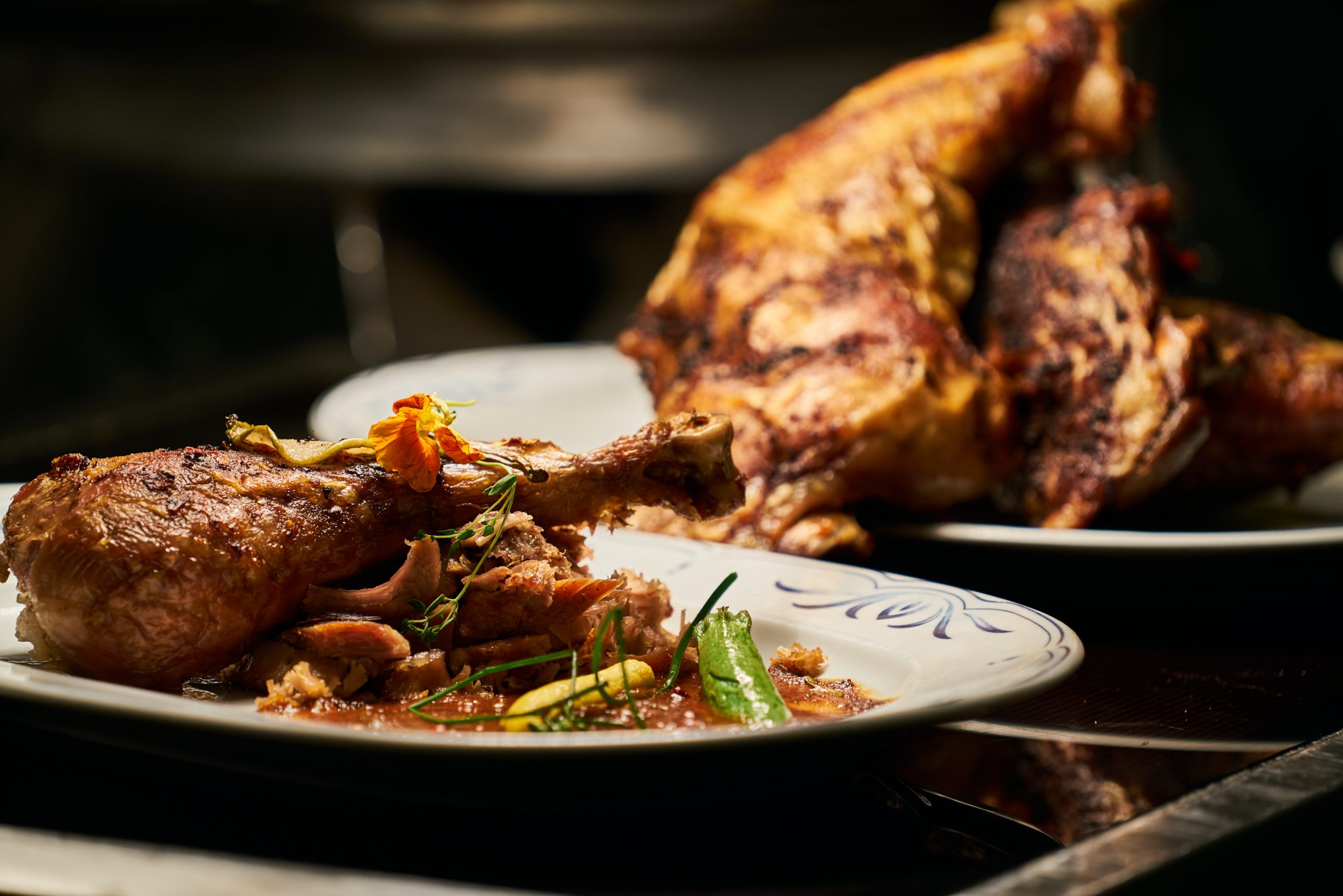

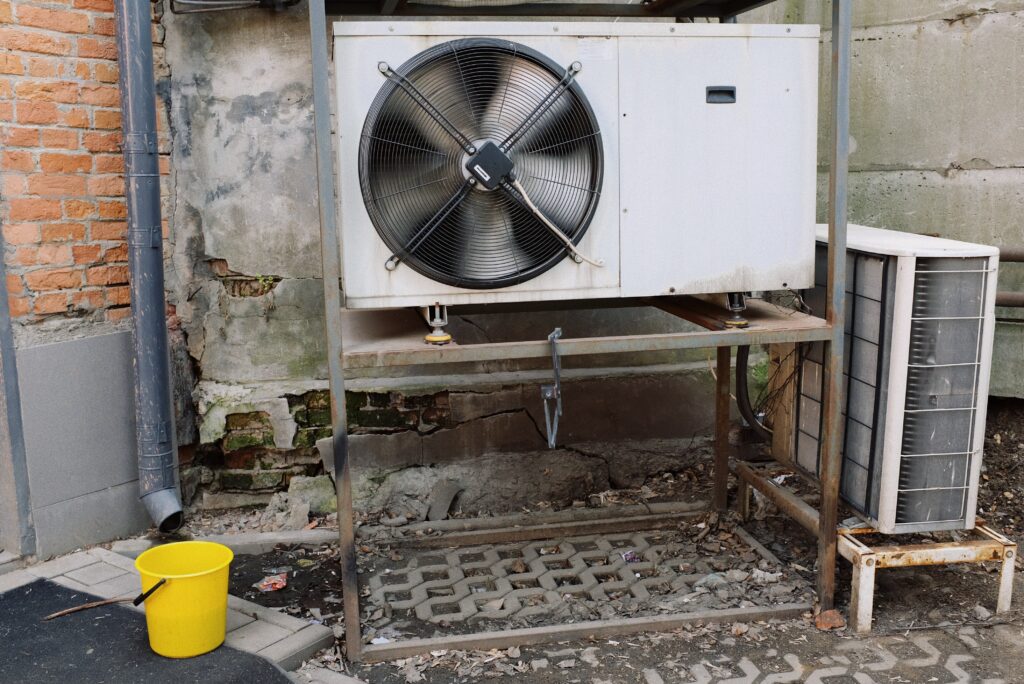
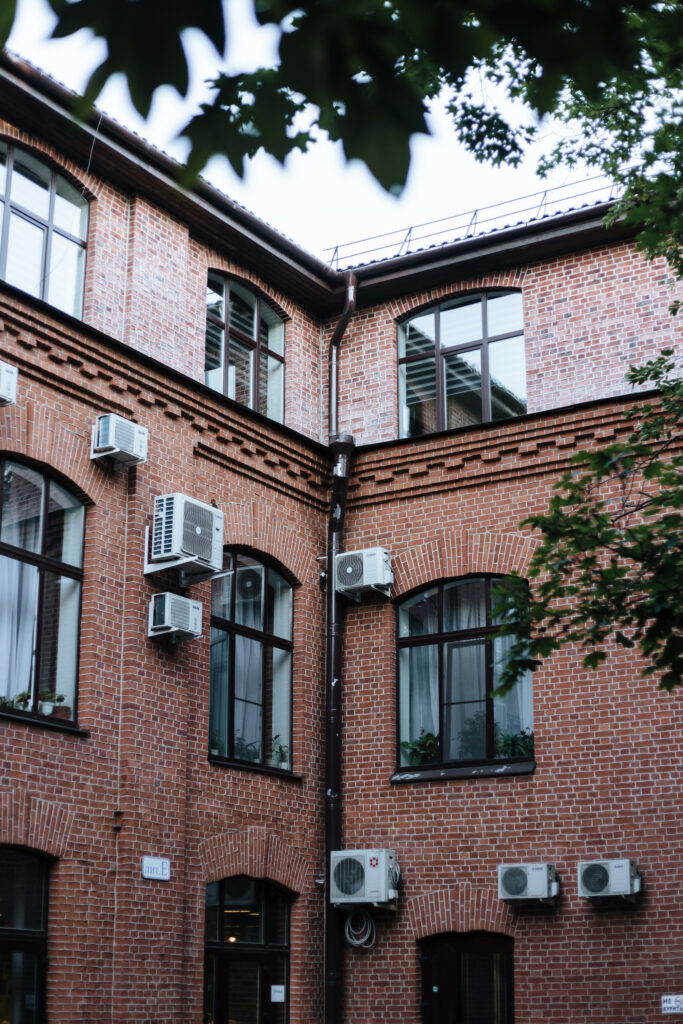
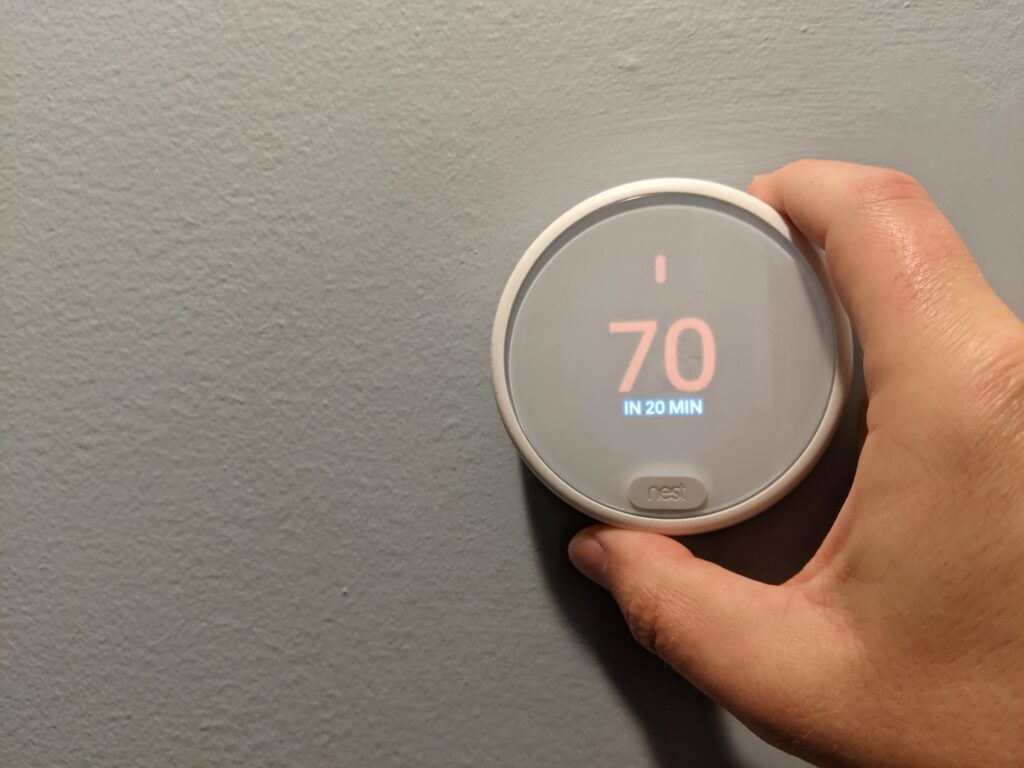

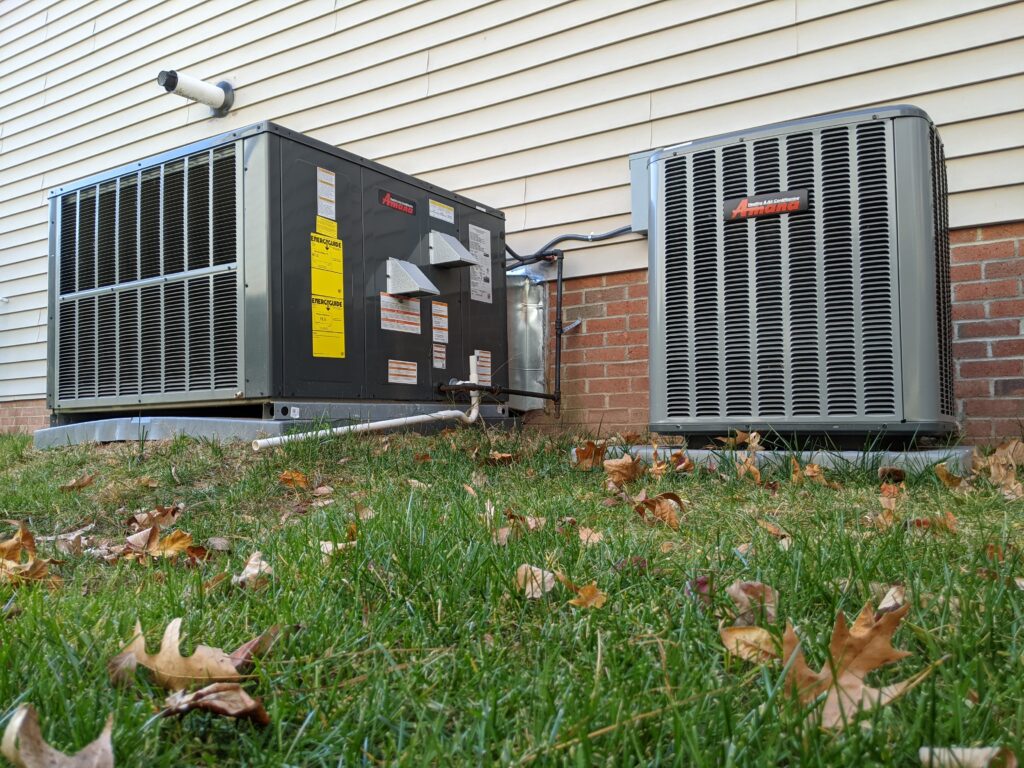
Leave a Reply